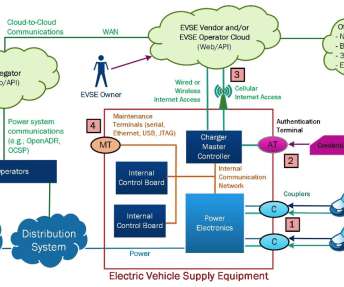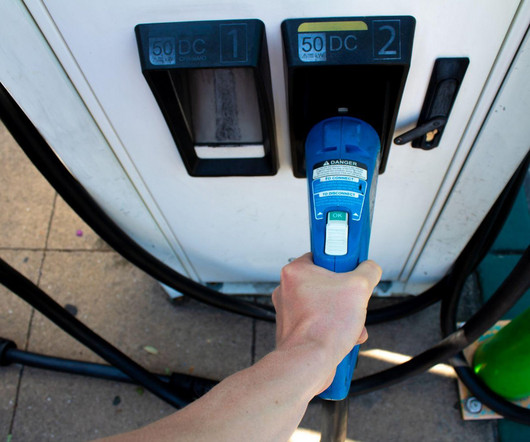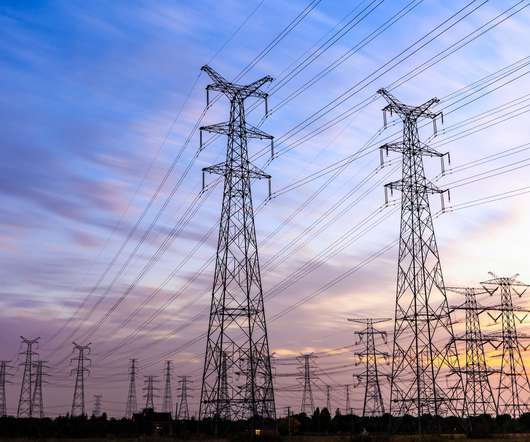Sandia, national lab partners studying vulnerabilities of electric vehicle charging infrastructure
Green Car Congress
NOVEMBER 16, 2022
Sandia researchers are working with experts from Argonne, Idaho and Pacific Northwest national laboratories; the National Renewable Energy Laboratory; and others as a national security laboratories team. We have been studying potential impacts to the power grid. —Brian Wright, a Sandia cybersecurity expert on the project.












Let's personalize your content